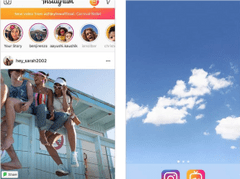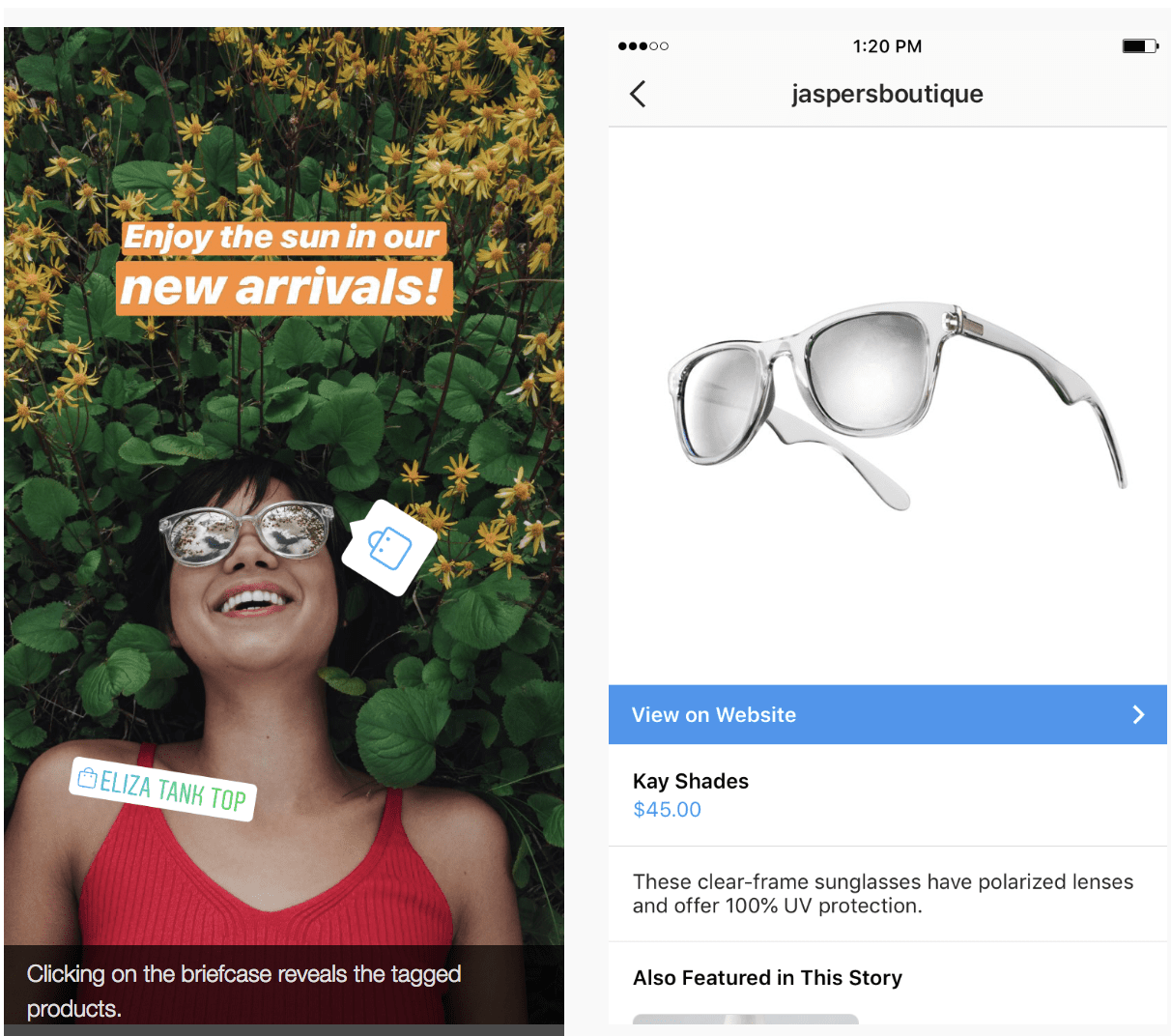THE STATE OF PRODUCING FOR TV AND FILM WITH BRAND INTEGRATION
On June 6th 1998, what would become one of the most iconic brands and entertainment franchises in history premiered its first episode on HBO: “Sex and the City,” created by Darren Star, based on the newspaper column and book written by Candace Bushnell. Celebrating its 20th anniversary this month, it seems fitting that SATC really ticks a lot of boxes of what well produced content aspires to for seamless brand integration and influencer marketing programming. Specifically, the skill of compelling storytelling while creating engaging characters who become influencers is where SATC takes the win.
I recently moderated the panel “Producing for Film/TV, Branded Entertainment and Influencer Marketing Programming” at the venerable media and entertainment conference Digital Hollywood in Los Angeles. My stellar panel of industry experts were a lively and seasoned bunch who have, in most part, seen it all in our industry. A keen audience member pointed out that product placement is nothing new and in fact, the marketing practice is also branded as “branded entertainment,” and “brand integration.” This is a large, important, and evolving part of how audiences choose to consume and how the content is financed. The subject is much broader than one article can handle, so, let’s continue looking at SATC as a case study.
When creator/writer Darren Star and costumer/legendary stylist Patricia Field wove the zeitgeist of fashion designers of the ‘90s through the script, it was more about understanding and really knowing the characters. Lead character Carrie Bradshaw played by Sarah Jessica Parker was based on the talented author Candace Bushnell so Field, Star, and the writers had a living breathing icon in plain sight. Full disclosure: as a magazine editor in New York at that time, I shared more than one cocktail at hot spot Bowery Bar with Candace. Now, Bushnell would be labeled an influencer, and because of the powerful well-played characters, by proxy of the show, the actual characters would transcend to influencer status too. That, is a double dip of influencer marketing.
With a long and successful career in product placement and currently the SVP of global strategic partnerships at Branded Entertainment Network (BEN), a Bill Gates Company, Caressa Douglas who has sat in on sessions in many a film and TV writer’s room knows this creative marketing process better than most and said, “Entertainment and creating compelling stories always come first. This philosophy allows us to take into consideration both sides of the equation for integration into film, television, and digital influencer content,” Douglas continued, “The brand, the creator and the audience construct the triangle–the consensus triangle, if you will.” Brand integration is not limited to luxury brands and runs the gamut. An example is BEN’s work with Wonder Bread, Cheerios, and Kentucky Fried Chicken. I bet you can conjure up some scenes featuring these products.
Making luxury accessories brand and designer Manolo Blahnik synonymous with the iconic lead character Carrie Bradshaw–and ultimately all luxury shoe brands via the show’s halo effect–was certainly proof of Douglas’ “consensus triangle.” The audience bought. And bought. And by the way, one may still purchase the Manolo Blahnik Hangisi pumps online from retailers including Saks Fifth Avenue for a cool $995. The “Manolo” and Jimmy Choo brand integrations moved the audience right down the marketing funnel and in to stores everywhere.
All the panelists agreed that ultimately, producing for any platform is all about the quality of the storytelling and who the team is creating those compelling pieces of content. Frank Donner, founder and CEO of BLKBX Creative Group in Los Angeles has a strong company culture that includes, “Hiring talent that are all storytellers by nature,” said Donner. “The special sauce is the fandom and geekdom that shows up in every brainstorm we have. We have been fortunate to work with great brands like Disney, Pixar, Dreamworks, Netflix and many more which of course draws the unique talent to us.” Donner’s statement is an example of how the formula for successful branded entertainment must include talented creatives and creative marketers.
The SATC franchise includes box office hits and there is a large and loyal audience awaiting another installment. The long-tail success potential for brands that get on board early with major franchise tent-pole opportunities have a real potential to engage with fans on an emotional level; but, the brands who are successful have major agencies strategically and creatively building the model engaged by the studios.
Darnell Brisco, VP of Accounts at Fullscreen has grown and lead an army of social media and digital experts to effect enormous success for brands like Marvel’s “Deadpool,” “Captain America” and many major studios. From a social media and experiential marketing perspective he says, “Consumers want to tell their own story and they want to tell something about themselves to find some connection,” continued Brisco. “They wanted to say to the world ‘this is what I’m into’ or ‘I’m having a good time with my friends.’ The number one Instagrammed place last year was Disneyland, and you want to know why?” continued Brisco, “because people want to say something about themselves. It’s not so much that they love Disneyland, but they want to say ‘I’m a great parent I took my kids to Disneyland’. They want to tell their own story. So, from a marketing standpoint, if you want to find ways for a brand to really spread, you have to give the audience an opportunity to say something about themselves.” Fandom and affinity with influencers who are aspirational, yet, appear authentic is a real win in growing audience. Finding the right agency and advisor to engage is key.
Now, brands have the opportunity to tell their story across multiple platforms and verticals. Focusing the message and strategy requires an expert team of advisors; seasoned content creators; and, talent that are on board with the strategy. Mike Gabrawy, the chief creative officer of award-winning Arclight Films said, “I think it’s exciting because I think there used to be a stigma about going back and forth between platforms for film actors and that’s become the biggest challenge for me,” continued Gabrawy, “There was a time where there were actors that worked in film and then there were actors who worked in television but those times are gone. Now you have directors and actors and talent of all kind crossing all platforms. You may have a huge talent ask ‘how do I get into social media and use YouTube to build my brand and profile?’”
Digital analytics and measurement tools did not exist in 1998 when SATC debuted. Digital anything barely existed. Remember–those were the days of cool new flip phones. And still, the audience loyalty and engagement grew naturally through excellent storytelling and good distribution. Imagine if the original SATC series had a digital agency and the tools to amplify the brand, the characters, influencers, and talent. The films have deployed these tools and their social media audiences are fierce. Just do a search and you may find a Pinterest page dedicated to Manolo Blahnik and Sex and the City. The audience has changed dramatically and so have agencies (at least the successful ones have). Frank Donner weighs in that, “Eight years ago, I had programmers, developers and designers. Now, I also have data analysts and community managers because social media is completely changing the landscape. For me, I still do think that creative is first and foremost in the storytelling process,” said Donner.
For companies like Hawthorne that are experts in creative, production, media and analytics and have worked with many iconic brands, their chief strategy officer George Leon remarked, “We specialize in the creation and delivery of branded creative across all channels. In particular, we specialize in the analytics behind the audience measurement,” continued Leon. “One of the things that I have found interesting and particularly as a result of the TV Upfronts (where the advertisers, networks, executives and talent gather) last week was the emphasis around total audience measurement and the impact we now have to look at. That means measuring the audience and delivery beyond just that first view. Branded entertainment and branded content is certainly a channel that we have to bring to all our brands.”
What all the panelists have experienced working with the biggest brands globally is that the art and execution of content creation is tantamount in the entertainment industry. Chuck Dalaklis, president and CEO of DME (Dalaklis Media) said, “For many years, we’ve been a content creation company and have created thousands of hours of content for pretty much every cable and broadcast network. About five years ago, we made the jump to working directly with brands. Since then, I’ve worked across all platforms with everybody from Anheuser-Busch to Sea World to Sears and Kmart and it’s been amazing to see the crossover,” continued Dalaklis. “Every single day, a different brand or someone representing the brand will reach out and ask how on Earth do we get ourselves into the business the way your company is doing it now.”
The audience that is patiently waiting for the next SATC film has found social media as an outlet to keep the conversation going and as Fullscreen’s Darnell Brisco says, “They want to tell their own story.” As the moderator for this Digital Hollywood panel and someone who has been in the media and entertainment industry for more than 25 years, I wholeheartedly agree with Frank Donner that this is an incredibly exciting time for our industry, for clients, and for audiences everywhere.













